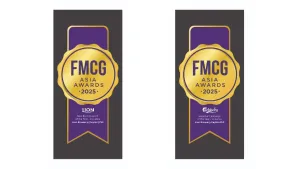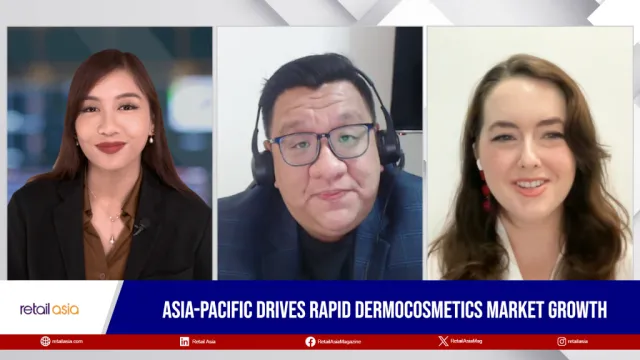
Global fashion executives expect tougher 2026 as growth stays muted
Brands are expected to build GEO capabilities to optimise for generative engines and prepare for agentic commerce.
Global fashion executives expect 2026 to be a challenging year, with 46% forecasting weaker industry conditions and only 25% anticipating improvement, according to a report from McKinsey & Company.
Overall growth in the global fashion market is projected to remain in the low single digits. The report identified the US tariff shock as the sector’s top risk. Weighted average duties on US apparel and footwear rose from about 13% to 54% in spring 2025 before easing to roughly 36% by mid-October.
If 2024 import volumes had held, the industry would have faced an estimated US$27b in additional duties. 76% of executives say tariffs and broader trade disruptions will shape the year ahead.
Companies are preparing a mix of responses. Nearly three-quarters plan price increases, with North America the most assertive. 35% expect to shift sourcing toward lower tariff markets, whilst others are focused on efficiency measures such as tighter assortments and logistics optimisation.
Leaders see AI as the biggest opportunity. The priority is scaling AI across the business rather than piloting isolated use cases. The report estimated that by 2030, about 30% of employee time could be automated, and as many as 40% of workers in developed markets may require reskilling or role changes.
Brands are expected to build GEO capabilities to optimise for generative engines and prepare for agentic commerce, where AI agents transact on behalf of customers. The market for such agent-driven retail is valued at US$3t-US$5t by 2030, or 11%-18% of retail.
Category performance is diverging. Jewellery is expected to outperform with a unit growth of about 4.1% CAGR from 2025 to 2028, nearly four times the pace of clothing. Lab-grown diamonds could reach 50% of diamond jewellery unit sales by 2030.
Wearables remain the fastest-growing accessory segment at roughly 9% CAGR to 2028, with smart eyewear projected to gain traction in 2026 as multimodal AI and lower prices drive adoption.

















 Advertise
Advertise





